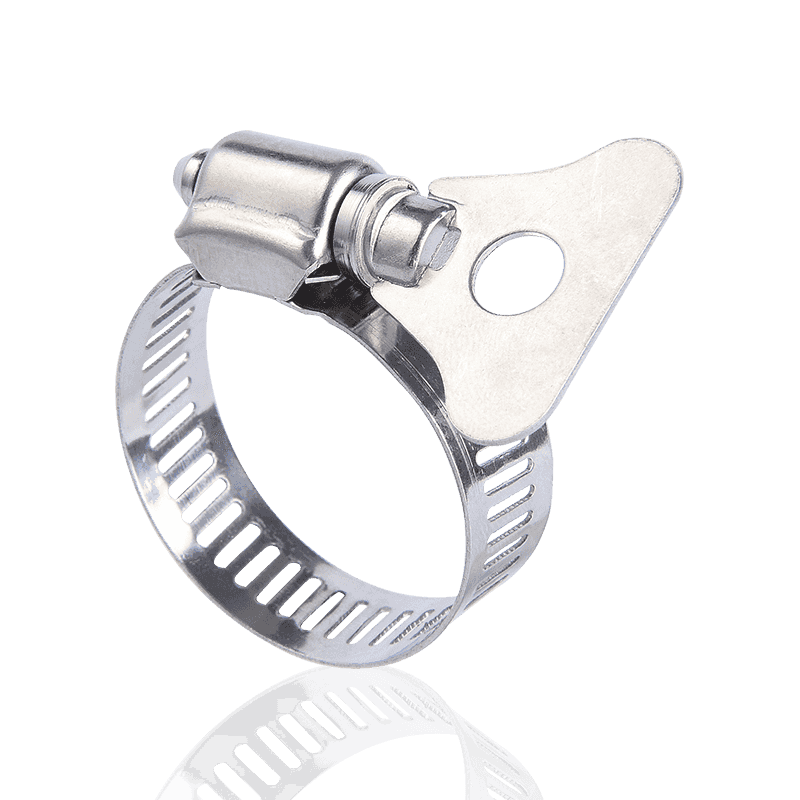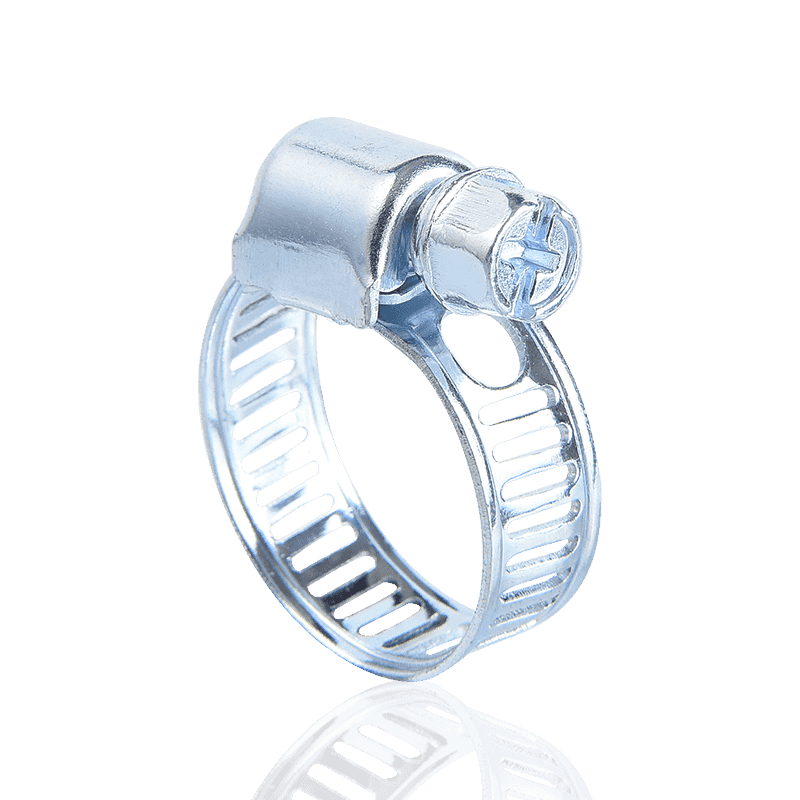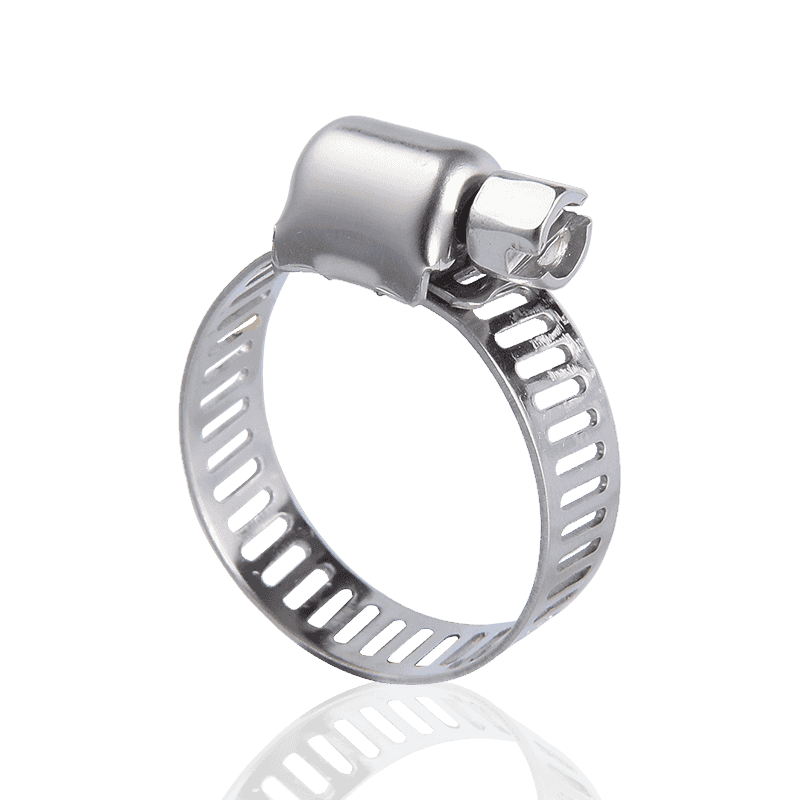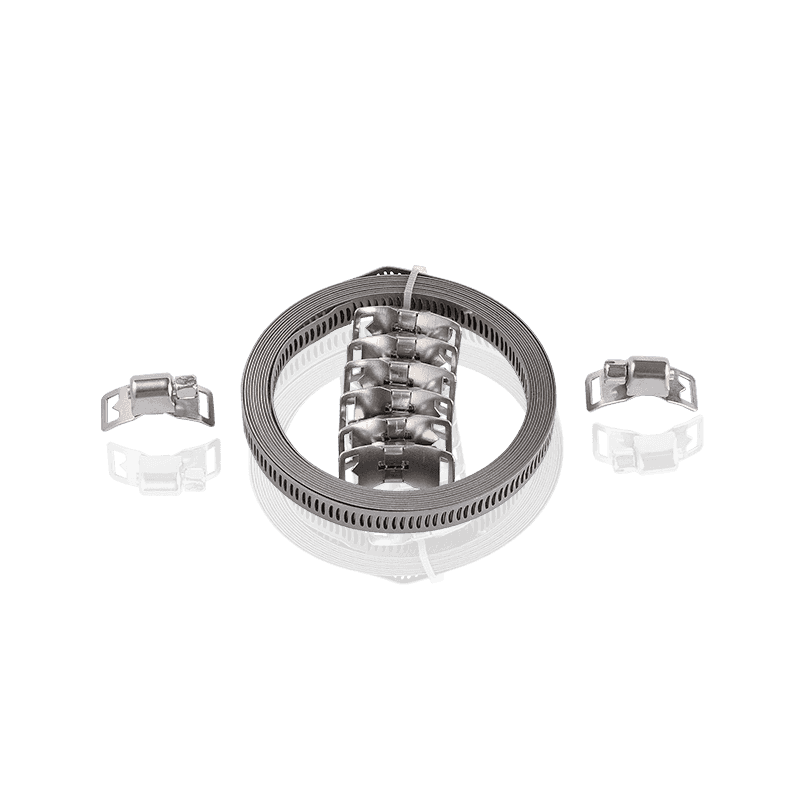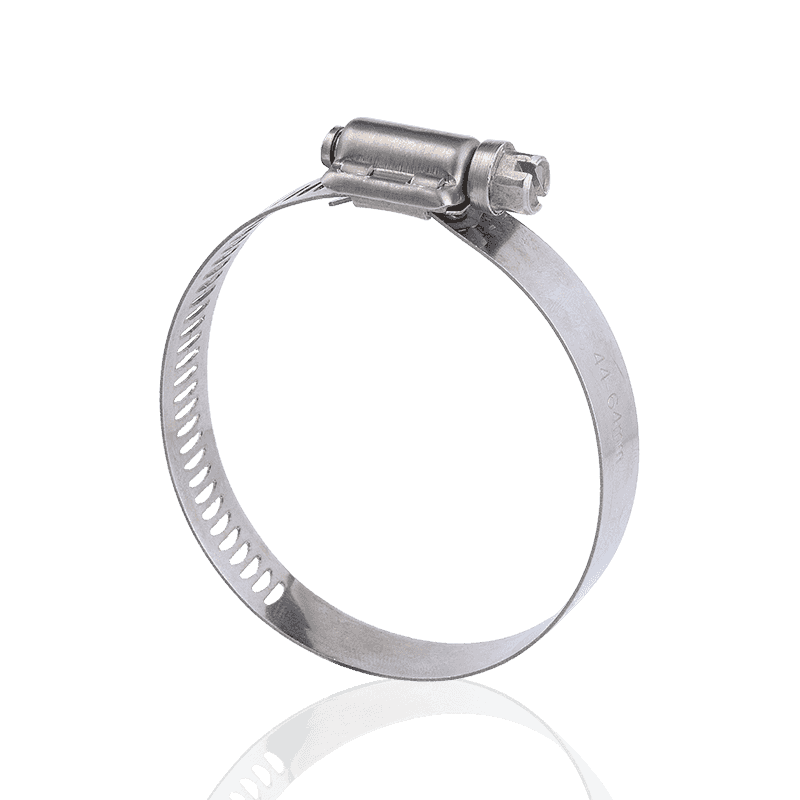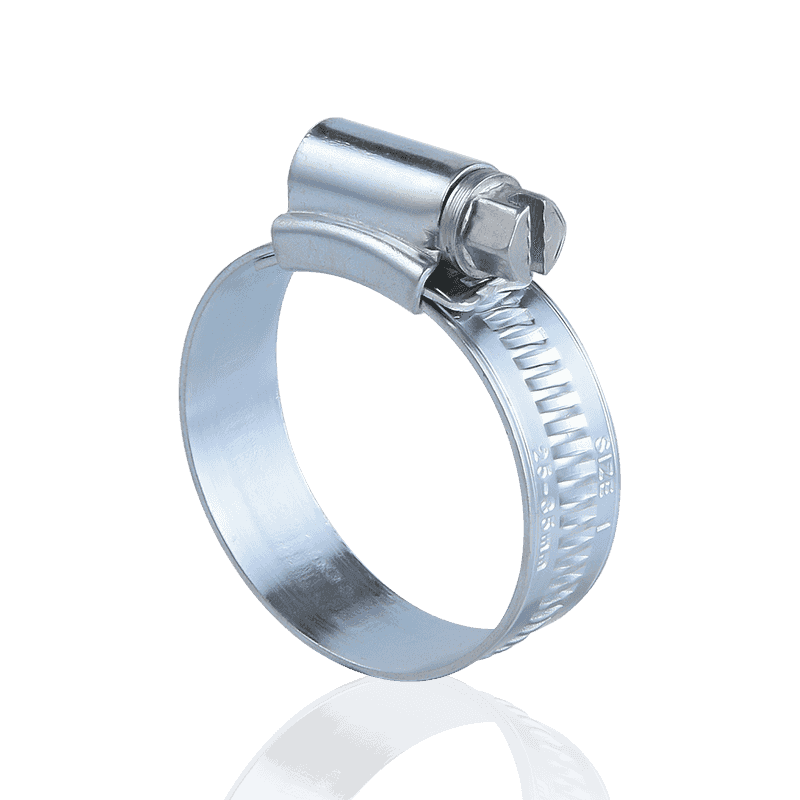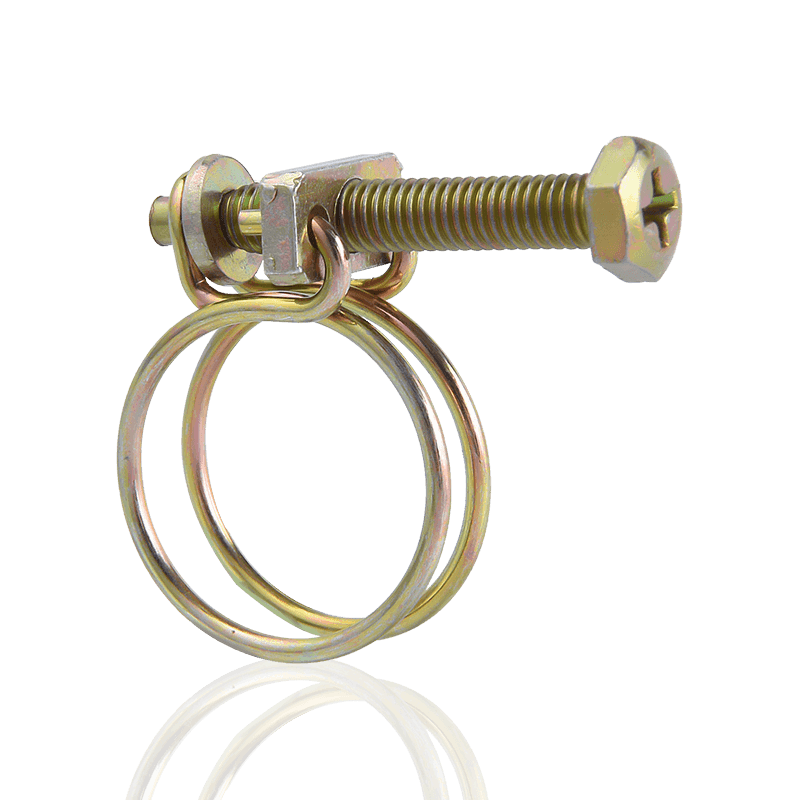Will the performance of small American style hose clamp with handle be affected in high or low temperature environments?
 2024.09.18
2024.09.18
 Industry News
Industry News
In response to the challenges in high and low temperature environments, through reasonable material selection, optimized design, the use of high or low temperature resistant sealing materials, and strengthening regular inspection and maintenance, it can be ensured that small American style hose clamp with handle can maintain stable performance and reliable working conditions under various temperature conditions.
Under high temperature conditions, although stainless steel has a high melting point, its microstructure may change, such as grain growth, phase change, etc., which will affect the mechanical properties of the material, such as strength, hardness and toughness. Long-term high temperature exposure may cause the material to soften, thereby affecting the tightening force and stability of the hose clamp. Different materials have different thermal expansion coefficients, and the hose clamp and the pipeline to which it is connected will expand to different degrees at high temperatures. If the difference in thermal expansion coefficients between the two is large, it may cause the fitting clearance between the hose clamp and the pipeline to change, thereby affecting the sealing and tightening effect. In addition, thermal expansion may also cause the accumulation of internal stress, posing a threat to the structural integrity of the hose clamp. The sealing of the hose clamp usually relies on materials such as sealing gaskets or sealing coatings. In high temperature environments, these sealing materials may soften, melt or lose elasticity, resulting in seal failure, which in turn causes leakage of liquid or gas.
The material is selected from stainless steel or other alloy materials with excellent high temperature resistance to ensure that the hose clamp can still maintain sufficient strength and hardness at high temperatures. Consider the influence of thermal expansion in the design of the hose clamp, and use appropriate structures or materials to compensate for the thermal expansion difference between the hose clamp and the pipeline to maintain the tightening force and sealing. Select high temperature resistant sealing gaskets or coating materials to ensure that good sealing performance can be maintained in high temperature environments. When using the hose clamp in a high temperature environment, its tightening state and sealing performance should be checked regularly, aging or damaged sealing materials should be replaced in time, and the tightening force should be adjusted to adapt to the dimensional changes caused by thermal expansion.
Under low temperature conditions, the toughness of metal materials such as stainless steel is significantly reduced and the brittleness is increased. This makes the hose clamp more likely to break or crack when subjected to external forces, affecting its service life and safety. Contrary to thermal expansion, low temperatures will cause cold shrinkage of the hose clamp and the pipeline to which it is connected. This may cause the fit gap between the hose clamp and the pipeline to increase, affecting the sealing performance. At the same time, cold shrinkage may also cause redistribution and accumulation of internal stress, posing a threat to the structural stability of the hose clamp. At extremely low temperatures, the handles and fasteners of the hose clamp may become difficult to operate due to the hardening of the material, increasing the difficulty and time cost of installation and removal.
Select stainless steel or other alloy materials with good low-temperature toughness to ensure that the hose clamp can still maintain sufficient toughness and strength at low temperatures. Consider the impact of cold shrinkage in the design of the hose clamp, and use appropriate structures or materials to compensate for the cold shrinkage difference between the hose clamp and the pipeline to maintain the tightening force and sealing. Before installing or removing the hose clamp, it can be preheated to increase the temperature and toughness of the material and reduce the difficulty of operation. When operating the hose clamp in a low-temperature environment, an appropriate lubricant can be used to reduce friction and resistance and improve the smoothness of operation.


